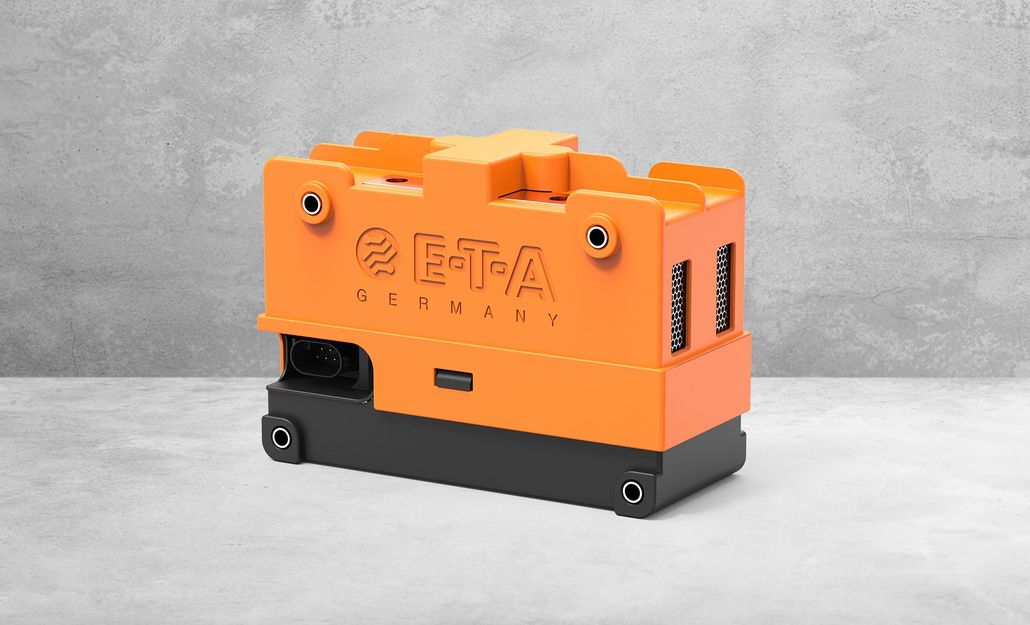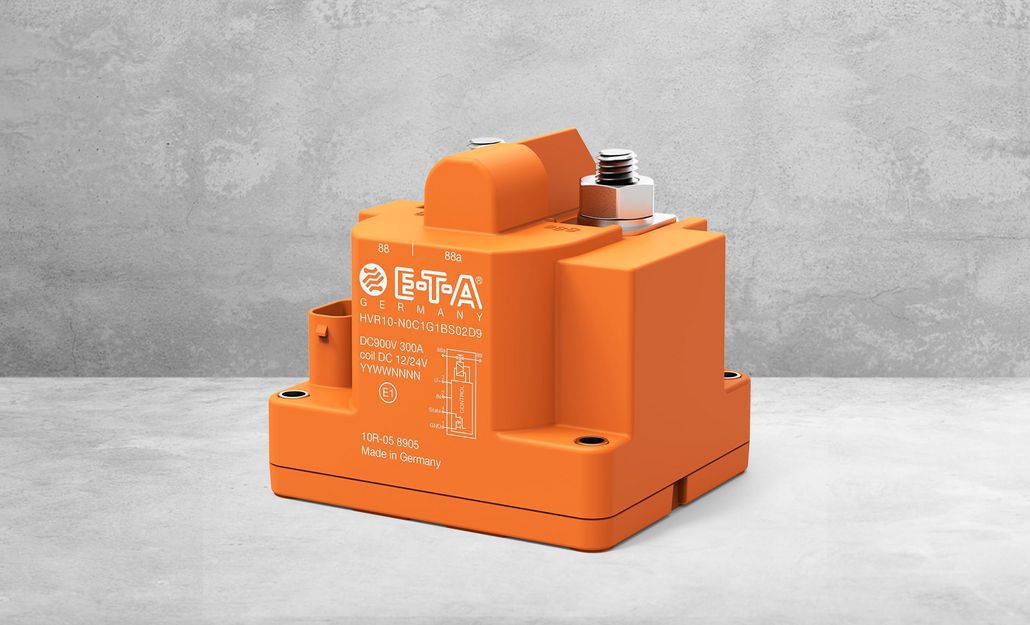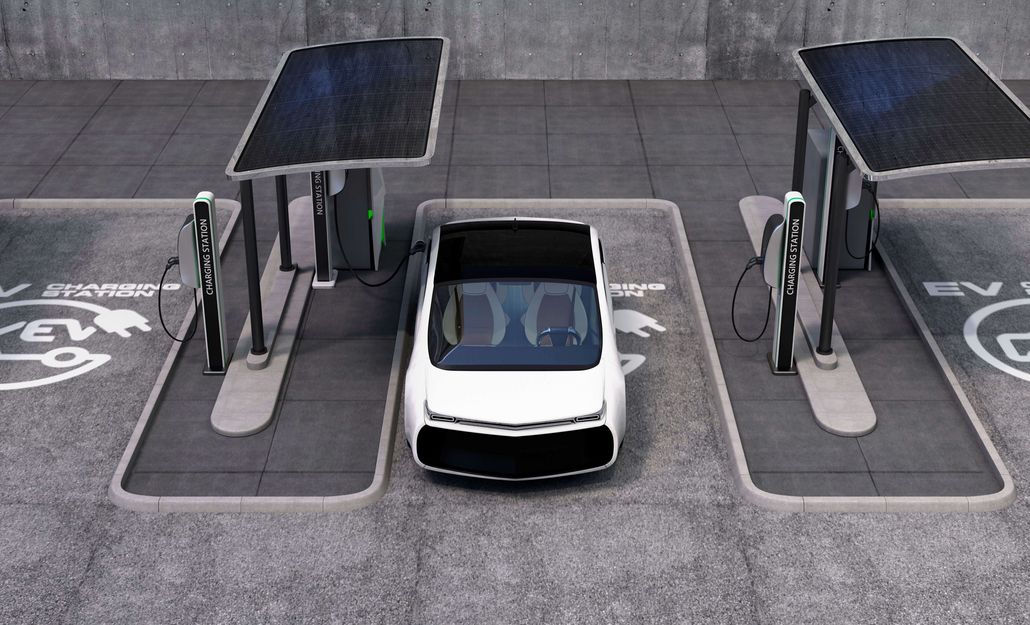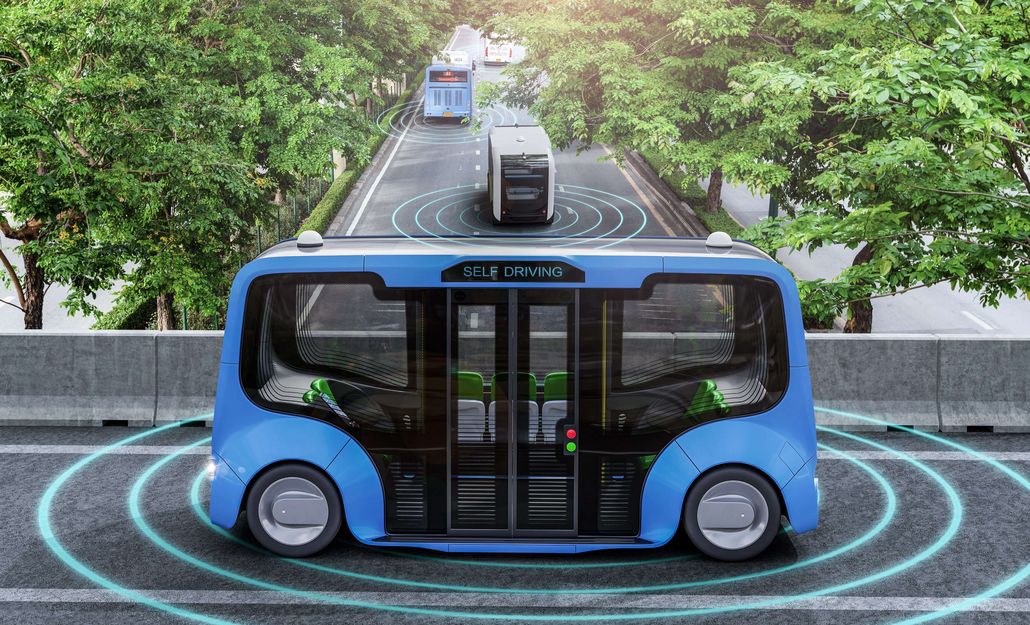All-in-one solution for the HV battery

Reliable switching and protecting with one component
Higher charging currents and extended cruising ranges, increased reliability and safety as well as battery system economic efficiency are required. Our HVB10 circuit breaker/switch combination is the perfect solution to implement these priorities and reduce the number of required components.
Conventional protection concepts
Current vehicle battery protection concepts use HV contactors and HV fuses or pyrotechnical trip elements. While HV contactors disconnect or connect the battery and the power train under normal operating conditions, fuses and pyrofuses cut the connection when short circuits, overloads or crashes occur prevent dangerous or battery-damaging conditions. With increased voltages of 800 V and more and higher charging currents, this protection concept quickly reaches its limits. As a result, compromises must be made in performance, economy and safety. When using HV fuses, difficult tradeoffs must be made regarding service life, trip time and heat losses, which also leads to suboptimal results in terms of performance, economic efficiency or safety.
Pyrofuses increase the system complexity, because they must be tripped electronically, which means increased requirements for functional safety according to ISO 26262. Potential nuisance tripping reduces vehicle uptime and batteries must be repaired with some effort after intentional or unintentional tripping. A safe and reliable coordination of switching and protecting components in addition to a high number of connecting elements increases system complexity and error probability of correspondingly designed systems.
Protection concept with HVB10
The innovative HVB10 protection concept is based on the combination of switching and protecting functions in a single device. This helps prevent coordination problems between these functions and saves connecting elements. The double pole design switches plus and minus pole of the battery pack simultaneously, further reducing the number of components and saving valuable installation space. The fully bidirectional design enables optimal performance in driving and charging mode.
When a defined current level is exceeded, the device automatically switches off completely. With this and the purely electromechanical design, the functional safety requirements are reduced to a minimum.
Another advantage of the electromechanical component is its resettability. The device can be reset after minor overcurrent situations, which prevents costly vehicle downtimes.
Innovative switching principle for extremely fast tripping and optimised heat dissipation
While levitation effects caused by high currents can lead to dangerous contact sticking in high voltage contactors, the HVB10 utilises these effects to its advantage. The higher the short circuit, the faster the contact opens, i.e. extremely fast trip times of only a few milliseconds.
The HVB10 provides 340 A continuous current, temporary charging peaks of more than 600 A and a tripping performance of far more than 17 kA at 850 V operating voltage.
The main focus in developing the HVB10 for series production is optimizing the device for very high charging currents and reducing charging times. E-T-A’s 75 years of experience in the area of overcurrent protection is the perfect basis.
A-samples are available. We are currently examining further developments for even higher voltages and currents, for example in relation to the Megawatt Charging System.



